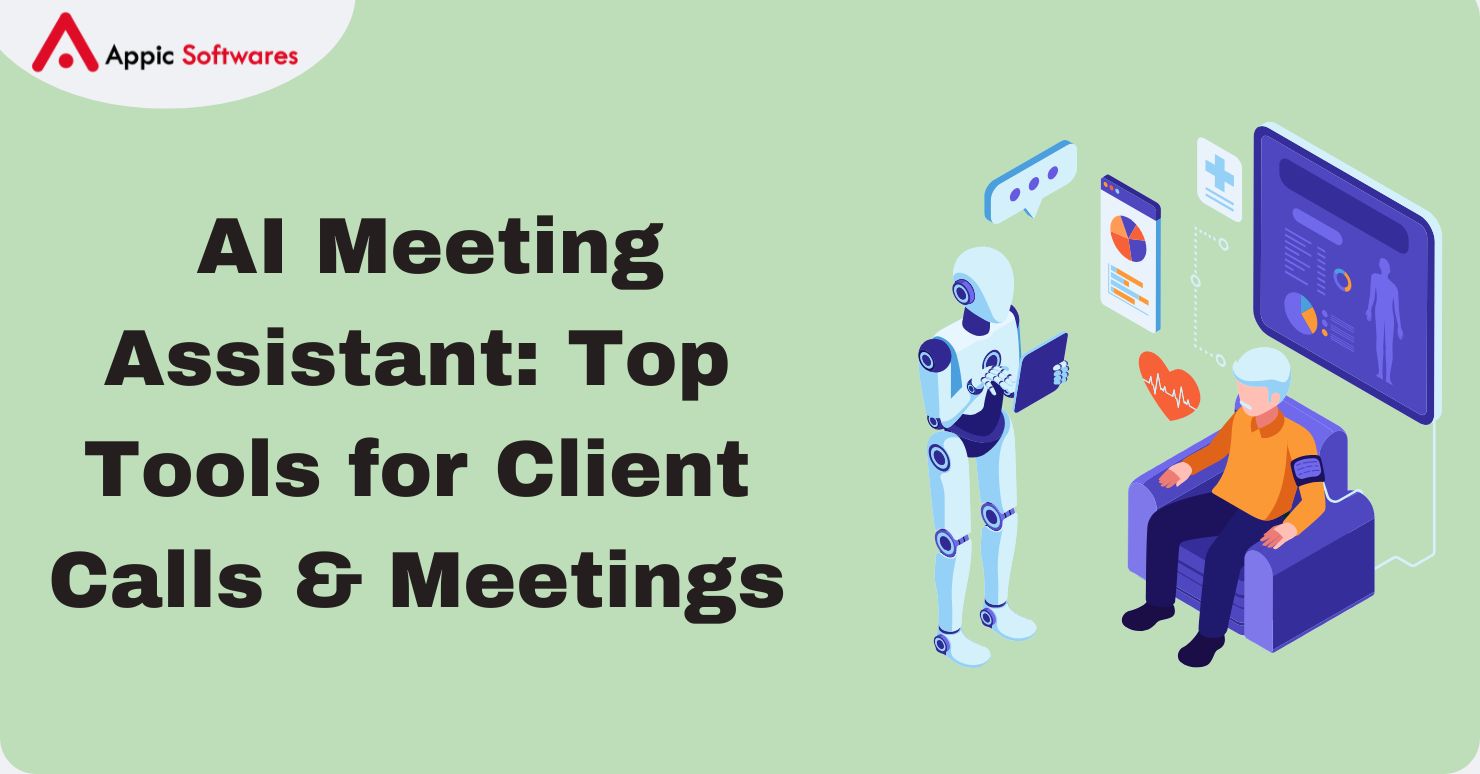
The way pet parents take care of their furry pets has changed dramatically recently due to the phenomenal expansion of dog walking apps in the U.S. pet tech sector. Apps like Rover and Wag! have become well-known due to changes in lifestyle brought about by remote employment, the growth of the gig economy, and a strong focus on convenience and safety. According to the reports, 70% of U.S. households own a pet, with dogs being the most common, fueling demand for services like on-demand dog walking. As pet care becomes increasingly digitized, these apps are bridging the gap between pet owners and trusted caregivers like never before.
Possible Reasons For Why Dog Walking Apps Are Booming
1. Post-Pandemic Lifestyle Shifts
More Americans are buying dogs and utilizing dog-walking apps to handle daily chores as hybrid and remote jobs become the standard. Millions are being invested in pet technology by venture investors, revolutionizing pet care through telemedicine, smart collars, and customized diets.
2. Gig Economy Influence
Dog walking applications such as Rover and Wag! are a component of the broader contract economy, providing pet parents with the convenience they desire and walkers with flexible employment opportunities. The approach helps both sides by producing a scalable tech solution.
3. Location Based Services
Real-time walk monitoring and route history are now favorites since GPS integration allows for knowing where their dog is and how long the walk lasted, which helps pet owners drive app retention and involvement.
4. Subscription-Based Monetization Models
Many apps offer premium subscriptions for added services like real-time video feeds, extended walks, or emergency vet access. This freemium model ensures steady revenue growth for developers.
5. Safety And Trust Features
Modern dog walking apps now include criminal background checks, verified profiles, real-time updates, and pet report cards, all of which build user trust and ensure recurring app usage.
Top Tech Trends For Pets And Their Owners

IoT Solutions
IoT technology facilitates the linking of disparate smart devices, resulting in a large selection of smart toys, feeders, and trackers for dogs in the pet market. Our previously published post about IoT-powered pet solutions provides further details on this trend in pet app development.
GPS Tracking
Although this trend falls under the umbrella of the Internet of Things, it is worth mentioning because GPS tools are so widely used in the creation of pet care apps. In addition to tracking a pet’s location, GPS can be used to track its activities, mood, and interests. By observing how much time a pet spends in a given area, pet owners can gain a better understanding of their pet’s requirements.
AI/ML
Pet telemedicine actively uses AI/ML to assist users in better managing their pets’ health. Numerous technological solutions provided by veterinary clinics use chatbots driven by artificial intelligence. Additionally, monitoring cameras and AI/ML tools can be combined to analyze pet behavior and spot odd trends for early disease diagnosis.
Most Popular Types Of Pet Apps
Thinking about launching a pet app? We’ve put together a list of trending app types that are winning over pet lovers everywhere. Take a look, they might just spark your next innovative idea!
1. Pet Training Apps
These apps are perfect for pet parents who want to teach their furry friends new tricks or correct behavior issues. They often include step-by-step training guides, tips from experts, and even access to certified trainers for live consultations or virtual lessons. Features like built-in calendars, training reminders, and chat options to connect with other pet owners make these apps even more engaging and useful.
2. Pet Health & Wellness Apps
One of the most in-demand categories, pet health apps help owners stay on top of their pet’s medical history. Users can log vet visits, vaccinations, medications, allergies, and more, all in one place. Many also offer video consultation features so veterinarians can provide advice remotely. Booking appointments, viewing test results, and managing pet health records has never been easier.
3. Pet Food & Supply Delivery Apps
Just like traditional delivery platforms, these apps let users order pet essentials with a few taps. The twist? They focus exclusively on pet products. By using location services, the app can show nearby pet stores, allow users to place orders, and track deliveries in real-time, a huge convenience for busy pet owners.
4. Pet-Calming Music Apps
These soothing apps offer playlists designed specifically for pets who suffer from anxiety or stress. Created in collaboration with veterinary experts, the soundtracks cater to animal psychology and help keep pets calm during thunderstorms, fireworks, or while their owners are away.
5. Pet Tracking Apps
With GPS-enabled smart collars becoming more popular, tracking apps are now a must-have for modern pet owners. These apps not only log your pet’s walking routes and activity levels but also help locate lost pets or send alerts if they leave a designated area — often referred to as a “smart fence” feature.
6. Educational Apps For Pet Owners
Ideal for new and experienced pet parents alike, educational apps are full of valuable content on pet care, training, behavior, nutrition, and health. They’re usually lightweight and user-friendly, making it easy to learn something new anytime, anywhere.
7. Video Monitoring Apps
Want peace of mind while you’re away from your pet? Video monitoring apps allow you to check in on your pet through live streams from home cameras; even basic webcams can be integrated. Some apps support multiple camera feeds, letting users monitor several rooms or outdoor areas from their phones.
8. Pet Translator Apps
Although still considered a novelty, pet translation apps are gaining popularity for their fun factor. These apps attempt to decode pet sounds or facial expressions and translate them into human speech. While they’re more for entertainment than science, many pet lovers enjoy the lighthearted insights they offer.
9. Pet-Centric Social Networks
Social networking apps for pet lovers are growing fast. They let users create profiles for their pets, share pictures and videos, connect with other pet owners, find pet-friendly places, and even arrange playdates. These apps bring a sense of community to the pet parenting experience.
Conclusion
With innovation at the forefront of everything, the explosion in dog walking applications indicates a deeper change in how Americans treat their pets. Real-time GPS, artificial intelligence-driven health monitoring, and gig-based services are simplifying, reliable pet care.
Want to build a pet app that fetches success? Partner with Appic Softwares, your go-to experts for custom dog walking and pet care app development. From AI-powered pet monitoring to real-time GPS tracking, we create apps that today’s pet parents trust and love.
FAQs
1. What features should a successful dog walking app have?
A high-performing dog walking app should include real-time GPS tracking, booking and scheduling, secure payment integration, verified walker profiles, background checks, in-app chat, push notifications, and pet report cards. Optional premium features like video monitoring and emergency vet support can further enhance user trust and engagement.
2. How much does it cost to develop a dog walking?
The cost to create an app like dog walking depends on features, platform (iOS/Android), design complexity, and development team location. On average, a basic version may start at $25,000-$40,000, while a feature-rich, scalable app with AI and GPS tracking can range from $60,000 to $80,000+.
3. How does a dog walking app make money?
Most dog walking apps follow a freemium or commission-based model and revenue is generated through:
- Subscriptions for premium services
- Commission on each walk/booking (usually 15–30%)
- In-app purchases and upgrades
- Ad placements or partnerships with pet brands









